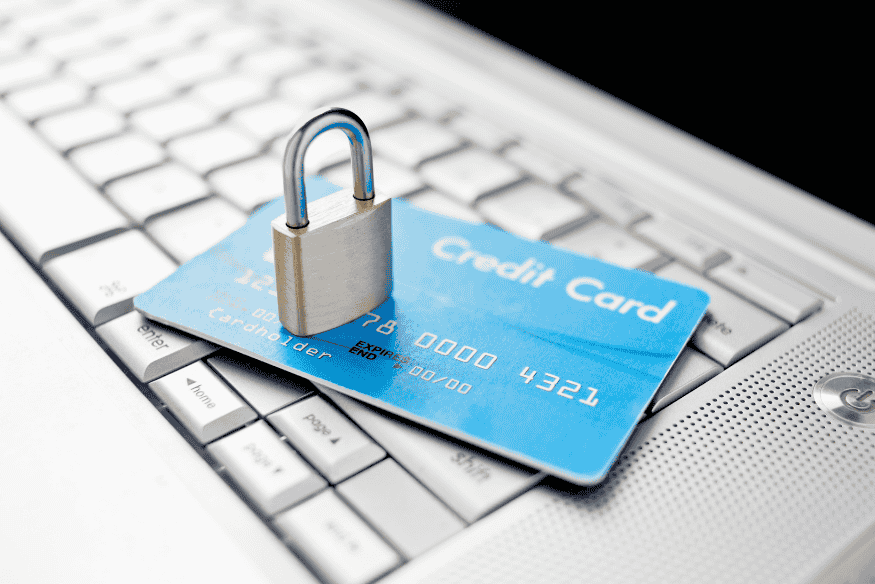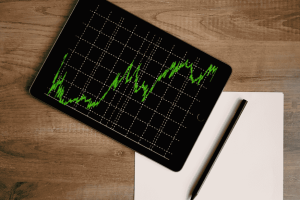Online banking has transformed the way we manage our finances, offering convenience, speed, and accessibility. However, with this digital revolution comes the increased risk of cyber threats, such as hacking, phishing scams, and identity theft.
For individuals in Southeast Asia, where digital banking adoption is rapidly increasing, securing your online finances is crucial. In this guide, we will explore essential strategies to protect your money while banking online, ensuring a safe and worry-free financial experience.
1. Use Strong and Unique Passwords
Your first line of defense against cyber threats is a strong, unique password. Here are some best practices:
- Use a mix of uppercase and lowercase letters, numbers, and special characters.
- Avoid easily guessable passwords, such as birthdays or common words.
- Create different passwords for each banking platform to prevent a security breach from affecting multiple accounts.
- Consider using a password manager to generate and store complex passwords securely.
- Change your passwords periodically and never reuse old ones.
Example of a Strong Password:
Instead of “John123”, try “J0hN$3cUr3!@2025”.
Additionally, avoid saving passwords on your browser if you are using a shared or public computer.
2. Enable Two-Factor Authentication (2FA)

Two-factor authentication (2FA) adds an extra layer of security by requiring a second form of verification, such as:
- A one-time password (OTP) sent via SMS or email.
- Authentication through an app (Google Authenticator, Microsoft Authenticator, etc.).
- Biometric verification, such as fingerprint or facial recognition.
Most banks and financial institutions provide 2FA options—always enable them to reduce the risk of unauthorized access.
Even if your password is compromised, 2FA can prevent hackers from accessing your account. Consider using an authentication app instead of SMS when possible, as SIM card swapping scams have increased in recent years.
3. Be Wary of Phishing Scams
Cybercriminals often use phishing scams to trick users into revealing sensitive information. Watch out for:
- Emails or messages that appear to be from your bank but contain urgent requests, suspicious links, or attachments.
- Fake websites that resemble legitimate banking platforms.
- Calls from scammers impersonating bank representatives.
How to Avoid Phishing:
- Always check the sender’s email address carefully.
- Do not click on suspicious links—visit the official bank website manually.
- Verify with your bank directly before providing any information.
- Be cautious of social engineering tactics where attackers pretend to be trusted contacts.
If you receive an email or text that seems suspicious, report it to your bank immediately.
4. Use Secure and Private Internet Connections
Online banking should always be conducted in a secure environment. Avoid public Wi-Fi networks, such as those in coffee shops, airports, or malls, as they are highly vulnerable to hackers.
Safe Browsing Tips:
- Use a VPN (Virtual Private Network) when accessing financial accounts from public networks.
- Ensure your bank’s website uses HTTPS (secure connection) before logging in.
- If possible, bank using your home internet connection or mobile data.
- Disable automatic Wi-Fi connections to unknown networks.
Hackers can set up fake Wi-Fi hotspots to steal your data. Always verify the legitimacy of a network before connecting.
5. Keep Your Devices and Apps Updated

Hackers exploit vulnerabilities in outdated software. Regular updates help patch security flaws and enhance protection.
- Update your banking apps and device software as soon as updates are available.
- Enable automatic updates for convenience and safety.
- Install a trusted antivirus program to detect malware and phishing attempts.
- Remove old or unused financial apps from your device to reduce security risks.
Cybercriminals often target outdated systems, so keeping your software updated is crucial.
6. Monitor Your Bank Statements and Alerts
Regularly reviewing your financial transactions helps you detect unauthorized activity early.
- Set up real-time transaction alerts via SMS or email.
- Check your bank statements at least once a month.
- Report any suspicious transactions immediately to your bank.
- Reconcile your receipts with your bank statements to identify discrepancies.
Most banks allow you to customize alerts for large transactions, login attempts, and fund transfers. Activate these alerts to stay informed.
7. Be Cautious with Banking Apps and Third-Party Services
Using mobile banking apps is convenient, but safety measures are essential:
- Download banking apps only from official sources (Google Play Store or Apple App Store).
- Do not grant unnecessary permissions (e.g., camera, contacts) unless required.
- Avoid linking your bank account to unverified third-party apps.
- Log out from banking apps when not in use.
Tip:
If you no longer use a financial app, remove it from your phone to minimize security risks.
8. Secure Your Email Account
Since banking notifications and password resets often go through email, securing your email account is just as important as securing your bank account.
- Use a strong and unique password for your email.
- Enable two-factor authentication.
- Be cautious of phishing attempts targeting your email.
- Regularly review and remove old or inactive devices linked to your email.
9. Set Spending and Transfer Limits

Many banks allow users to set spending and transfer limits to minimize the impact of fraud.
- Limit daily transactions to only what you need.
- Set restrictions on international transfers or large withdrawals.
- Enable notifications for any unusual spending activity.
- Use virtual debit cards for online purchases to minimize risks.
10. Educate Yourself on Emerging Threats
Cyber threats evolve constantly. Stay updated by:
- Following your bank’s official announcements and security tips.
- Reading articles on cybersecurity best practices.
- Attending webinars or bank-sponsored security awareness programs.
- Participating in community discussions on online security.
Trusted Sources:
- Central banks and financial regulators in your country.
- Official bank websites and newsletters.
- Cybersecurity organizations like Interpol Cybercrime Division.
Conclusion
With online banking now a fundamental element in managing finances, it’s crucial to adopt proactive security measures. Implementing the steps discussed— like utilizing robust passwords, enabling two-factor authentication, remaining alert to phishing attempts, and consistently monitoring account transactions—can markedly decrease the likelihood of falling victim to cyber fraud.
Using online banking can be secure if handled with care. Keep yourself updated, exercise caution, and actively manage your digital security to safeguard your funds and overall financial health.









